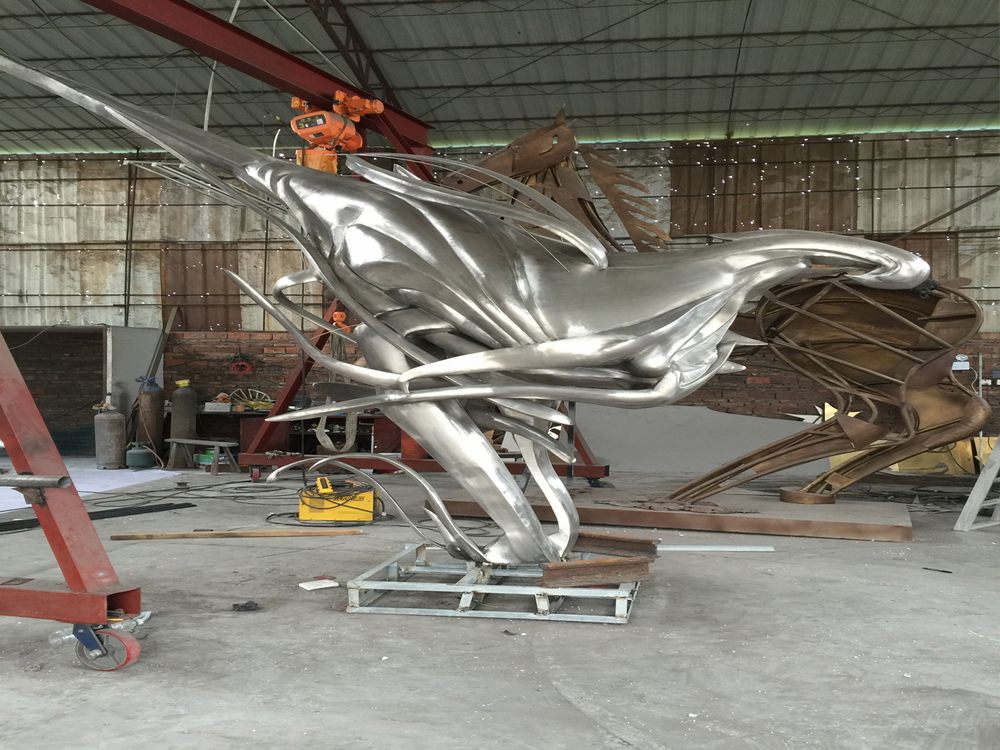
Artists have long explored the interplay of light and texture in stone sculpture, with reflective surfaces emerging as a powerful tool to elevate their designs. By carefully polishing select areas of the stone, sculptors create dynamic contrasts between matte and glossy finishes. This technique not only highlights the sculpture's form but also interacts with ambient light to produce mesmerizing visual effects.
The strategic placement of reflective surfaces can guide the viewer's gaze, emphasizing key elements of the composition. Some artists use high-gloss finishes to mimic water or metallic qualities within the stone, while others employ subtle sheens to suggest movement or depth. Contemporary sculptors often combine traditional carving methods with modern polishing techniques to achieve precise reflective effects.
Beyond aesthetics, reflective surfaces in stone sculpture serve practical purposes. They can make monumental pieces appear lighter or help integrate sculptures into their environments by reflecting surrounding colors and shapes. This approach demonstrates how artists transform the inherent qualities of stone into dynamic, light-responsive artworks that change throughout the day.

